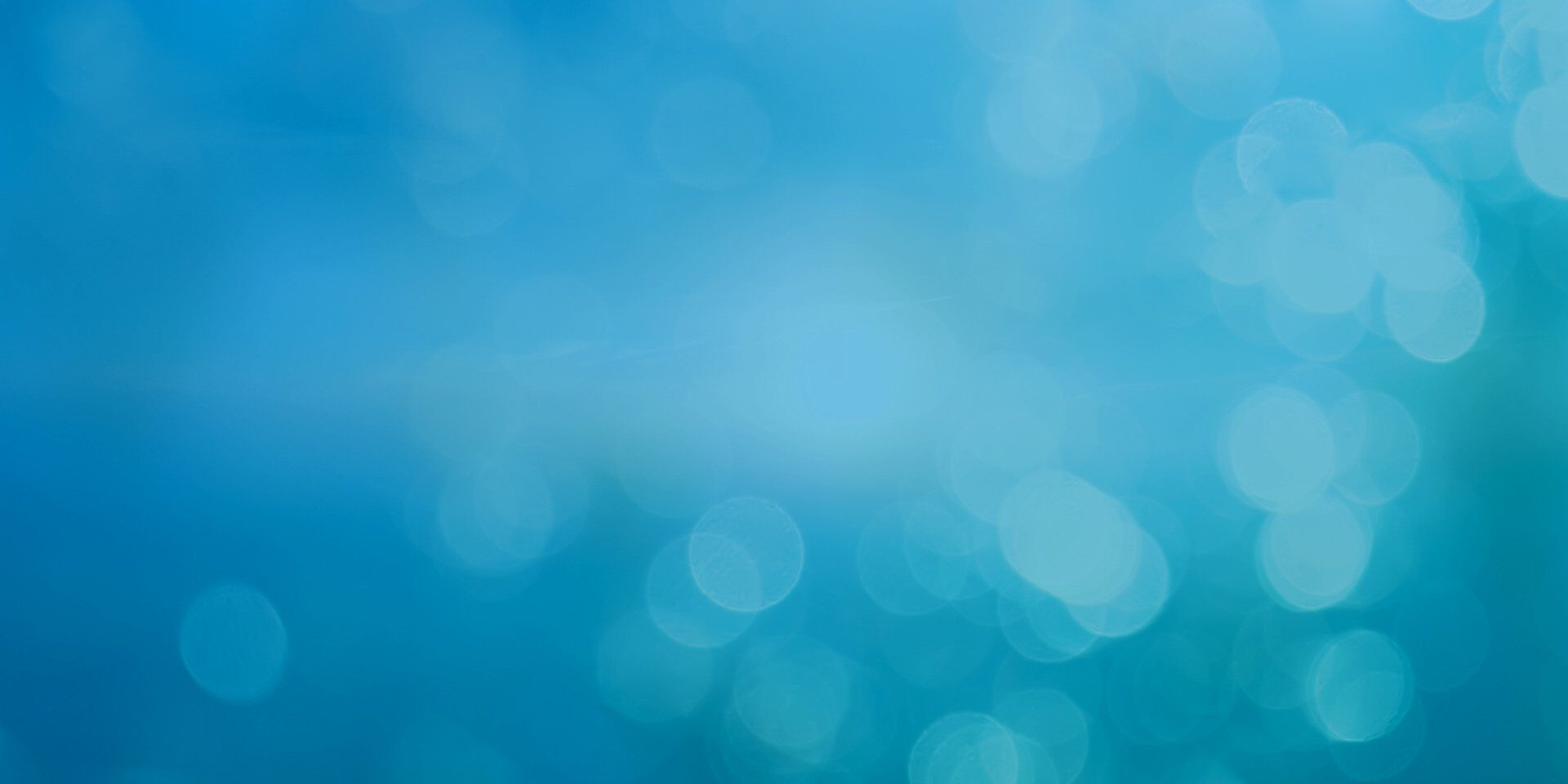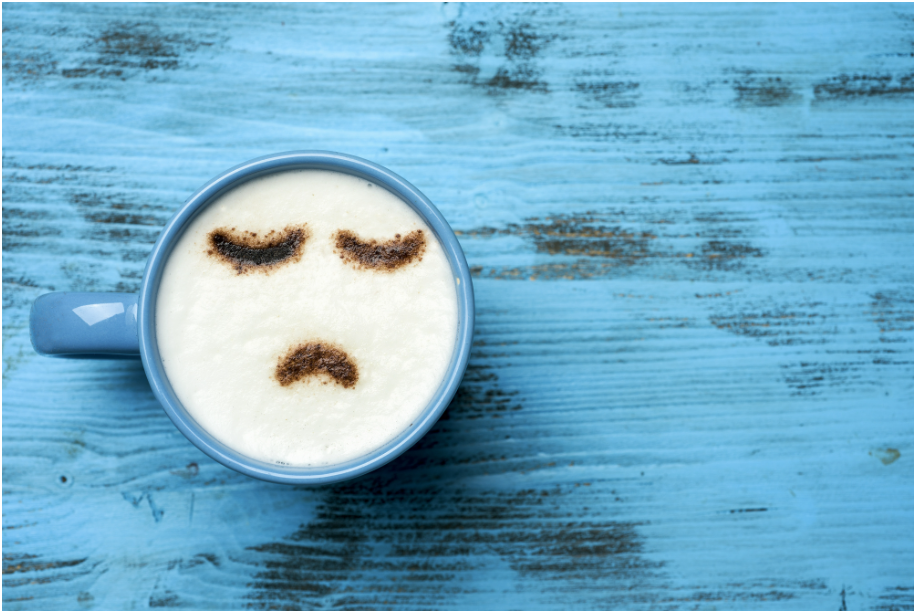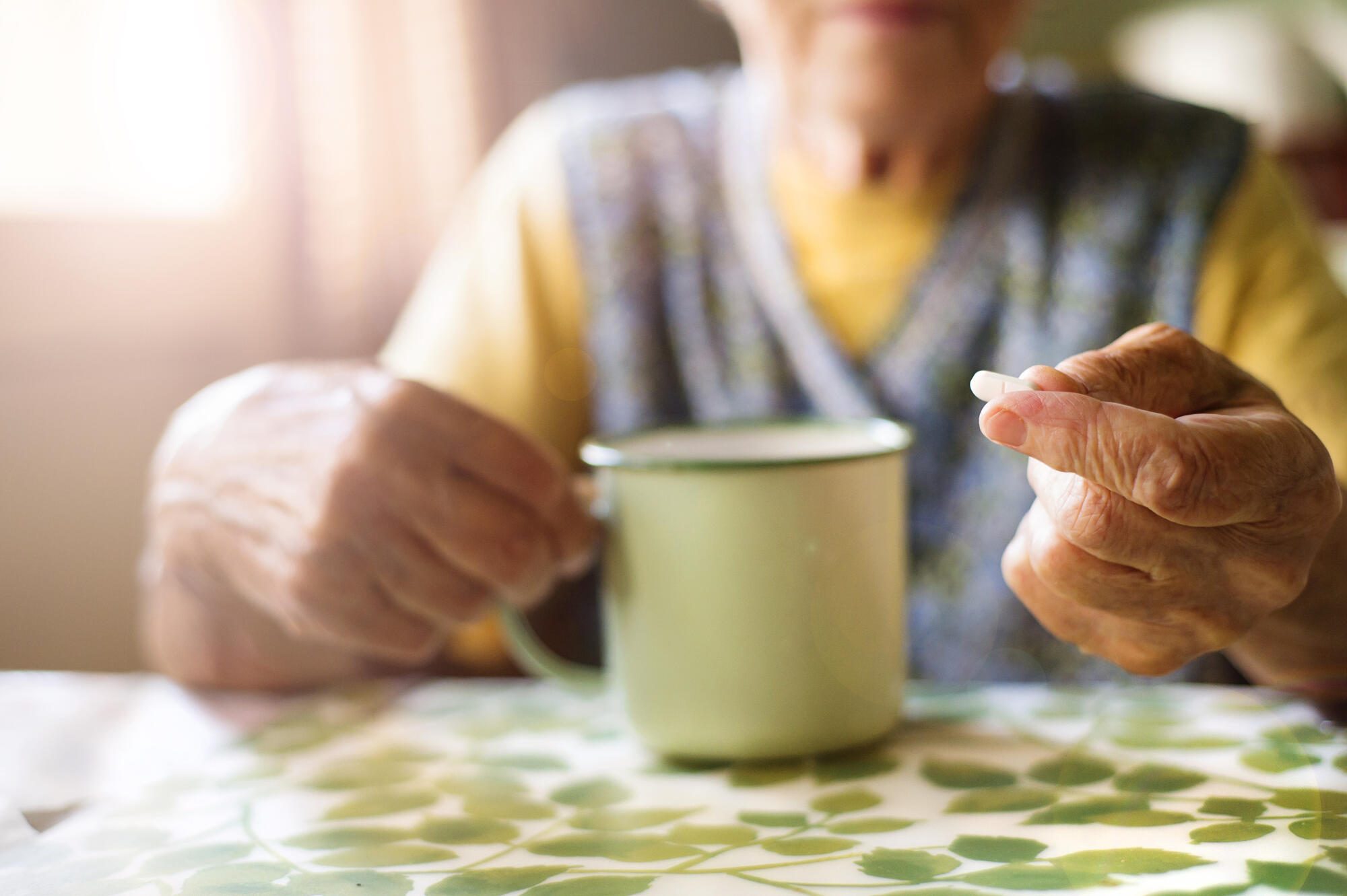Seasonal affective disorder impacts more than 10 million Americans every year, or about 6 percent of the population. With the winter months approaching, you may be dreading the return of this form of seasonal depression. And you may find that, in your efforts to cope with seasonal affective disorder, you’ve developed a substance use disorder.
Experts have discovered that seasonal affective disorder can put you at a higher risk of developing a substance use disorder. Read on to learn more about the connection between these two conditions and how you can find healthier ways to cope.
What Is Seasonal Affective Disorder?
Before we dive into the connection between seasonal affective disorder (SAD) and substance use, let’s talk about what SAD is. SAD is a specific form of depression that’s connected to the changing of the season. Although it’s often associated with wintertime, when there’s less sunlight, SAD can happen during any time of the year, including summer.
The symptoms of SAD are similar to depression symptoms, such as feelings of sadness, listlessness, or emptiness nearly every day. You may find that you aren’t as interested in things you used to love, and your sleeping and eating patterns may change. You may start to feel hopeless or worthless, or you may start to have thoughts of self-harm or suicide.
Connection with Substance Use
While SAD can cause plenty of problems on its own, it can be especially devastating for people suffering from addiction. In fact, any mental health condition can make substance use worse, and in some cases, the condition leads to the addiction in the first place. As we’ll discuss more in a moment, people dealing with mental health problems may try to self-medicate, and this can lead to substance abuse.
About 25 percent of people living with serious mental health conditions, including SAD, deal with addiction. In fact, depression is one of the highest-risk conditions for developing a substance use disorder. And while each condition can make the other harder to deal with, recovery is possible with appropriate treatment.
Self-Medication
One of the reasons addiction is so common among people with SAD is that they may try to self-medicate. SAD can make it hard for you to sleep or may make you feel tired all the time. You may have trouble feeling happiness (or anything at all), and you may be looking for anything that drags you out of that pit of nothingness.
In an effort to deal with these symptoms, many people may drink too much, start using drugs, or turn to other self-destructive behaviors. This kind of self-medication is an attempt to cope with the problem without getting appropriate treatment and help. And if you start relying on that substance to feel good during bouts of SAD, it can be easy to spiral into addiction.
Yearly Cycle Challenges
When people start trying to get sober, one of the biggest challenges they face is getting through the first year.
There are rhythms in our lives that trigger behaviors and old habits. You may crave hot chocolate around Christmas time or feel obligated to start a new workout routine on New Year’s. Addicts may find that yearly cycles can trigger cravings for their drug of choice.
When seasonal depression rolls around again, people struggling with addiction will start feeling that same downward pull. Their response in the past has been to self-medicate with whatever drug they use to cope. It can be hard to break that pattern and find healthier coping mechanisms during that first year.
Getting a Diagnosis
If you or someone you love deals with addiction or SAD, the first step to recovery is to get a diagnosis. In most cases, a counselor, psychologist, or psychiatrist will be able to give you this diagnosis. You may also be able to get diagnosed with a substance use disorder and start treatment for that at the same time.
Your primary care physician can be a good resource to start getting a diagnosis. Tell them about your symptoms and be honest with them about what substance(s) you use, how much you use, and how often you use them. Remember, your doctor isn’t there to judge you – they just want to help you to be happy and healthy.
Healthier Coping Mechanisms
If you struggle with addiction and/or SAD, the best thing you can do is to seek treatment. Things like therapy, medication, and even inpatient or intensive outpatient programs can help you to recover safely and build a healthier life for yourself. There are also some measures you can take at home to make your treatment more effective.
In some cases, light therapy can help to mitigate some of the symptoms of SAD. You can get a special light box that you sit in front of first thing every morning to help you get some of the sunlight you may be missing. Practices like meditation, yoga, and journaling can all help to get you through challenges with your addiction, too.
Learn More About Seasonal Affective Disorder and Addiction
Seasonal affective disorder impacts millions of Americans, and many sufferers also find themselves dealing with substance abuse. This addiction can start out as a way to self-medicate and can become part of a yearly cycle that’s hard to break. The good news is that, with appropriate treatment and healthier coping mechanisms, you can recover and lead a happier life.
If you’d like to learn more about seasonal affective disorder and addiction, check out the rest of our site at Cenikor. Our substance use disorder treatment programs are available throughout Texas and New Mexico. Get help today and let us remind you that you are not alone in this fight.





